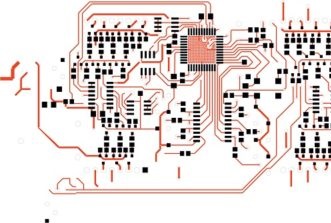This website uses cookies so that we can provide you with the best user experience possible. Cookie information is stored in your browser and performs functions such as recognising you when you return to our website and helping our team to understand which sections of the website you find most interesting and useful.
Project pursues RNGs for cybersecurity ahead of legislation
French research institute CEA-Leti has announced an open-source project to enable the production of physical implementations of true random number generators (TRNGs) using ring-oscillator-based architectures.
An open-source initiative has been launched called OpenTRNG to support industry and academia ahead of the publishing of recommendations or requirements for TRNG security certification that are expected to be forthcoming from European Union state organizations.
For large companies, SMEs and startups, OpenTRNG will support the development of TRNGs compatible with the certification methodology, CEA-Leti said. For the academic hardware-security community, the project could be used as a framework to enhance research efforts and provide a teaching platform for students.
Random numbers are often used as the source of security in systems but the security is only as good as the degree of randomness displayed by the source. TRNGs support cybersecurity and cryptography, where they are used to generate unpredictable random numbers such as cryptographic keys.
CEA-Leti is targeting industrial applications and academic researchers, with a toolkit that includes reference designs, emulation tools and analytical tools to facilitate development and characterization of hardware TRNG implementations.
OpenTRNG, an open-source initiative, was announced at the October International Conference on Design, Test and Technology of Integrated Systems (IEEE DTTIS) in the paper, OpenTRNG: an Open-Source Initiative for Ring-Oscillator-Based TRNGs.
“OpenTRNG should be seen as a framework that provides either tools helping developers build and integrate a TRNG into a product, or tools helping researchers test new TRNG structures or approach new physical random-noise sources,” said Florian Pebay-Peyroula, a CEA-Leti researcher and lead author of the paper.
“In the field of security, there are two main approaches: proprietary solutions and open standards. While it may seem counterintuitive, open standards are the better option,” he said. “Unlike closed solutions, open designs can be reviewed and validated by international experts. By offering open-source TRNG designs and tools, we believe the project will make the field more accessible and help the community to grow.”














